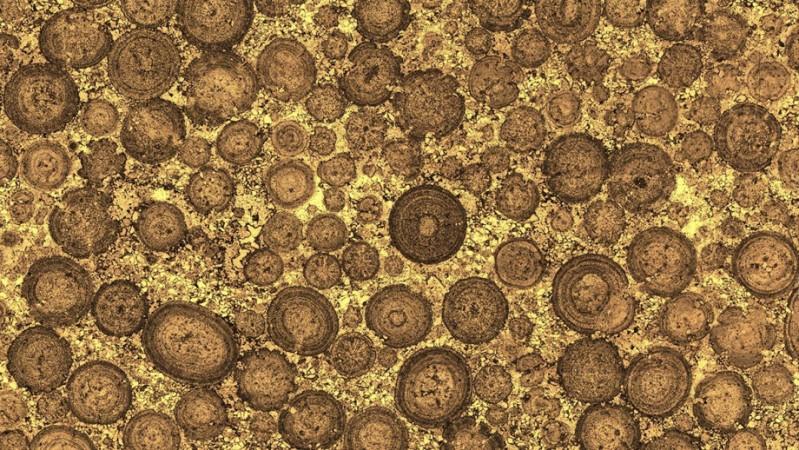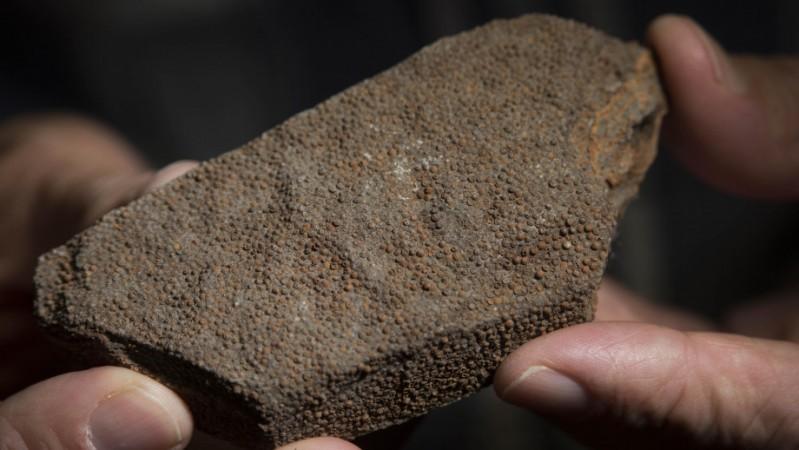
The building blocks of the Pentagon and many other iconic edifices like the Empire State Building and the Buckingham Palace were made of microbes from the ancient time when dinosaurs roamed the Earth, a new study revealed.
All of these historic buildings, along with a number of other monuments, were constructed from a material called oolitic limestone which contains microbes that lived up to 200 million years ago during the Jurassic period. The study, led by researchers at the Australian National University (ANU), was recently published in the journal Scientific Reports.
Oolitic limestone, a popular building material around the world, is a carbonate rock made up of miniature carbonate particles called ooids that have concentric rings of CaCO3 (calcium carbonate). Thanks to its even structure, the rock can be easily cut or sculpted in any direction, making it an ideal building stone, according to the University College London.

The latest study found that these tiny ooids were made of concentric layers of mineralised Jurassic-era microbes. Therefore, the discovery debunks the popular "snowball theory" that the millimetre-sized carbonate ooids were formed by grains rolling on the seafloor and accumulating layers of sediment, the researchers said.
"Many oolitic limestones form excellent building stones, because they are strong and lightweight," co-author Bob Burne from ANU's Research School of Earth Sciences said in a statement. "Jurassic oolite in England has been used to construct much of the City of Bath, the British Museum and St Paul's Cathedral."
According to the researchers, different types of oolitic limestones have formed in all geological periods, and the material is found all around the world, including in the UK, the US, Germany, the Bahamas, China and at Shark Bay in Western Australia.

"Mississippian oolite found in Indiana in the US has been used to build parts of the Pentagon in Virginia and parts of the Empire State Building in New York City," Burne said, adding that human had been using oolitic limestone since ancient times.
"Our mathematical model explains the concentric accumulation of layers, and predicts a limiting size of ooids," Murray Batchelor, a professor from ANU's Research School of Physics and Engineering and the Mathematical Sciences Institute, said in the statement.
"We considered the problem theoretically using an approach inspired by a mathematical model developed in 1972 for the growth of some brain tumours," Batchelor added.
The researchers believe that their findings will help them better understand the effects of past climate change on the planet.
















